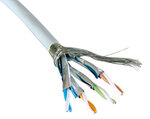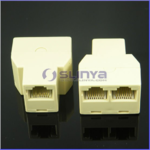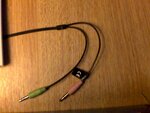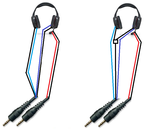tuk
Junior Member level 1

I have 3 lots of headphones that need rewired ...one has a mic also.
I've made some intermediate repairs on the existing cables & its crazy light almost to the point of being impossible to work with.
The time has come to completely replace the cables from speaker/mic to jack.
What do you guys think about using stranded cat5/cat6 which is cheap, easy to source & has the required 4-6 cores?
https://en.wikipedia.org/wiki/Category_5_cable
https://en.wikipedia.org/wiki/Category_6_cable
I've made some intermediate repairs on the existing cables & its crazy light almost to the point of being impossible to work with.
The time has come to completely replace the cables from speaker/mic to jack.
What do you guys think about using stranded cat5/cat6 which is cheap, easy to source & has the required 4-6 cores?
https://en.wikipedia.org/wiki/Category_5_cable
https://en.wikipedia.org/wiki/Category_6_cable




